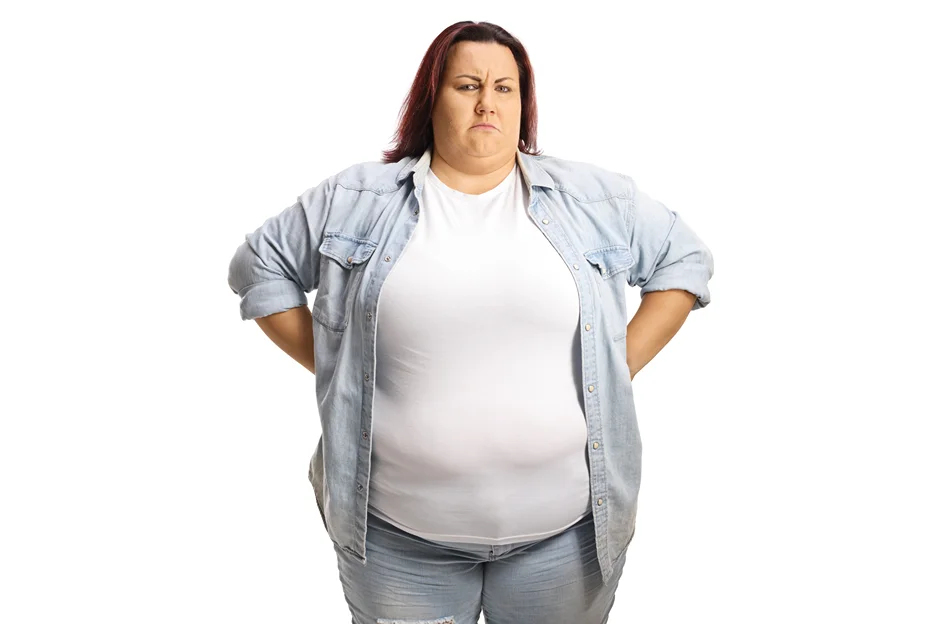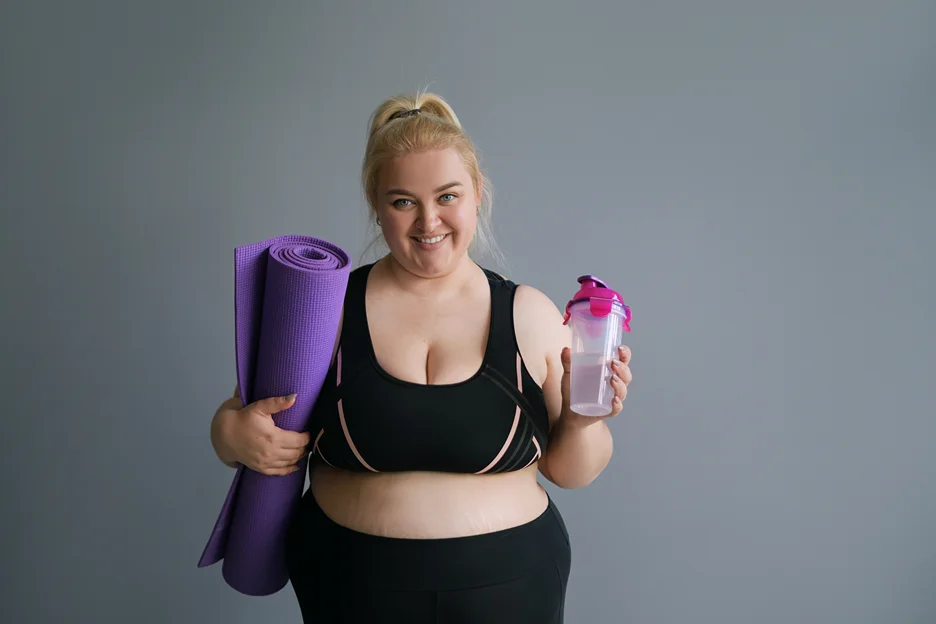Menu
(908) 628-1070

CoolSculpting has become a go-to non-surgical procedure for tackling small, stubborn pockets of fat.
The technology works by freezing and destroying fat cells through a process called cryolipolysis. As the frozen fat cells die off over time, the treated areas gradually appear more contoured.
For those struggling with isolated areas of diet and exercise-resistant fat, CoolSculpting can seem like an appealing option.
However, for individuals dealing with obesity, the question remains: is CoolSculpting really an effective solution?

CoolSculpting providers market their services to people who are close to their ideal body weight but wish to eliminate specific pockets of pinchable fat. Common treatment areas include the abdomen, thighs, flanks, back, arms, and chin.
Obese individuals often have larger overall fat deposits that exceed what CoolSculpting can realistically address. The thickness of tissue in obesity may also limit the ability of the CoolSculpting applicators to adequately draw in and freeze the fat cells.
While some mild fat reduction might be possible, the results are unlikely to make a noticeable difference in overall appearance or contour for someone significantly overweight.
Understanding these limitations upfront is important for having realistic expectations about what CoolSculpting can achieve.
There are a few key reasons why CoolSculpting is not considered an effective obesity treatment:
The CoolSculpting device uses a vacuum-like applicator to draw in a pinch of fat and cool it down to between 30-40 degrees Fahrenheit.
However, the applicators are limited in how much tissue they can vacuum and freeze at one time, typically a maximum of 4-6cm thick.
In individuals with obesity, the thickness of fat tissue can exceed these limits, meaning only the superficial layers get frozen while deeper fat remains untouched.
Even if some fat cell death does occur, the overall visual improvements are often negligible due to the small percentage affected.
When treating smaller, focused areas in patients who are near their ideal weight, CoolSculpting can induce a 20-25% fat layer reduction in the treated area. However, similar percentages in a larger area of fat typical of obesity may not be visibly noticeable.
Patients need to understand that CoolSculpting is about targeted contouring, not significant weight loss. The difference is unlikely to be obvious to the naked eye.
Common side effects of CoolSculpting include temporary numbness, bruising, swelling, pain, and discomfort at the treatment site.
These adverse reactions may be more pronounced in obese patients due to the increased treatment areas and pull on the tissue.
Post-treatment bruising and swelling, for example, can last longer and appear more severe with larger applicators. Pain thresholds and discomfort may also rise.

The most effective approach for major fat reduction in obesity is supervised weight loss aided by lifestyle interventions. Consulting a doctor or weight loss specialist is highly advisable to explore options such as:
Once significant weight loss has been achieved through these methods, CoolSculpting can then be considered for spot reduction of any remaining resistant fat bulges.
Other body contouring procedures performed by plastic surgeons may also be better suited than CoolSculpting to remove larger volumes of excess fat common in obesity. Options to discuss with your doctor include:
The advantage of these procedures over CoolSculpting is the ability to treat larger surface areas and remove more fat in a single session.
CoolSculpting may be moderately more effective for people who are overweight but not obese, depending on their individual morphology.
Those carrying extra weight in a pear, apple, or hourglass shape may see better CoolSculpting results than individuals with all-over weight distribution.
However, it's still critical to have realistic expectations. The ideal candidates are individuals already near a healthy weight looking to target specific stubborn areas of fat.
CoolSculpting is not intended for significant fat reduction in overweight or obese individuals.
Determining if CoolSculpting could benefit you requires an honest consultation with an experienced provider. Be ready to discuss:
A knowledgeable CoolSculpting practitioner will assess your candidacy and clearly explain the potential results and limitations.
If you have obesity, they may recommend optimizing your weight first before attempting body sculpting treatments.
Don’t hesitate to seek out second opinions if you have doubts or want to consider alternative fat reduction procedures that may be better suited.
Investing the time upfront increases your chances of being satisfied with the outcome.

While CoolSculpting can subtly enhance problem areas, it’s not a magic bullet for significant fat reduction or weight loss.
For individuals struggling with obesity, the priority should be adopting healthy lifestyle changes and/or pursuing medical weight loss under a doctor’s supervision.
Once you’ve reached your ideal weight, CoolSculpting and other body contouring options can then assist with achieving your desired shape by spot-targeting any remaining pockets of stubborn fat.
With diligence and the right tools, your dream body is within reach.